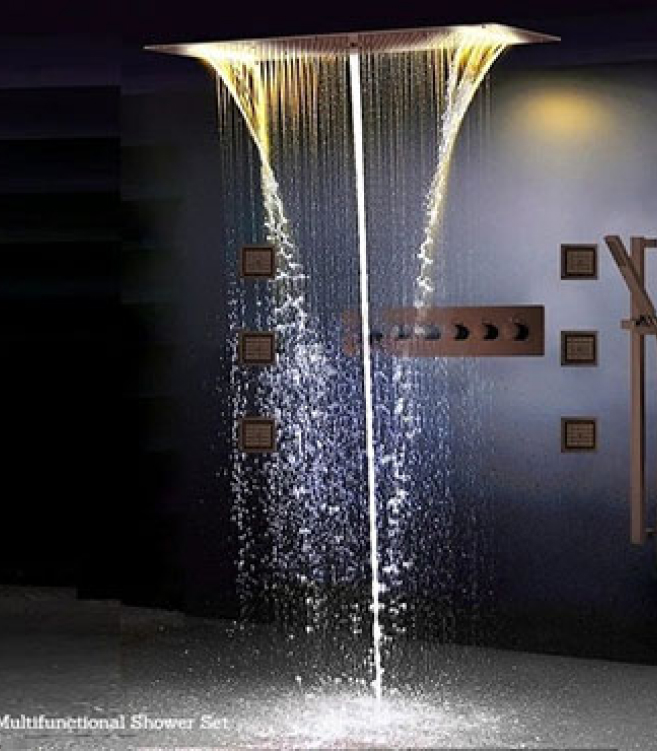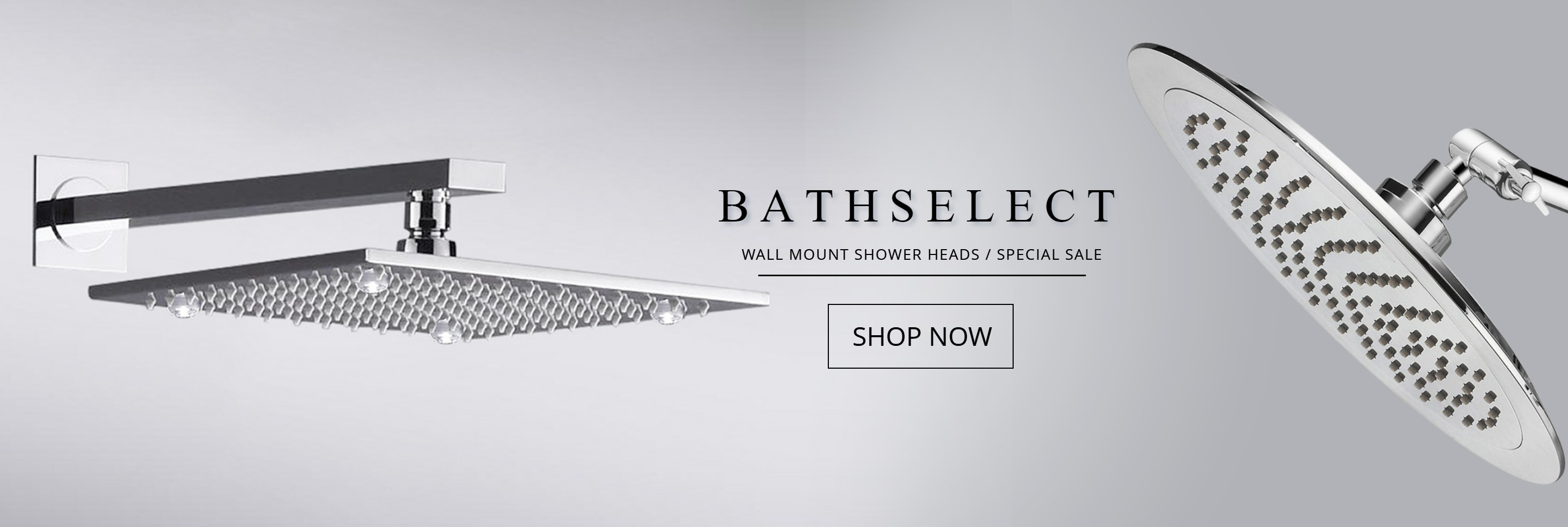Reduced Water Pressure Shower Head?
Reduced Water Pressure in general;
Reduced water pressure can occur due to various reasons, including:
- Clogged or Blocked Pipes: Accumulation of sediment, mineral deposits, or debris within the pipes can restrict the flow of water, leading to reduced water pressure. Over time, this buildup can cause blockages and affect the overall water pressure in your plumbing system.
- Faulty Pressure Regulator: A malfunctioning pressure regulator, which controls the water pressure entering your home, can result in low water pressure. If the regulator is not functioning properly, it may need to be repaired or replaced.
- Leaks in the Plumbing System: Leaks in your plumbing system, such as dripping faucets or hidden pipe leaks, can cause a decrease in water pressure. The water may be escaping before it reaches the desired outlets, resulting in reduced pressure.
- Municipal Water Supply Issues: Sometimes, reduced water pressure may be due to temporary issues with the municipal water supply. Maintenance work, pipe repairs, or high demand can affect water pressure in your area.
- Water Meter Valve or Main Shut-Off Valve: If the water meter valve or main shut-off valve is not fully open, it can limit the water flow and result in reduced pressure. Ensuring these valves are fully open can help maintain proper water pressure.
A shower head with very low water flow may indicate a clogged or blocked nozzle. Over time, mineral deposits, sediment, or debris can accumulate inside the shower head, obstructing the water flow and diminishing the water pressure.
A shower head that exhibits a very low water flow often signifies a potential issue with a clogged or blocked nozzle. As time passes, mineral deposits, sediment, or debris can accumulate within the shower head, impeding the smooth flow of water and resulting in reduced water pressure.
This accumulation of mineral deposits and debris is a common occurrence, particularly in areas with hard water. The minerals present in the water, such as calcium and magnesium, can gradually build up inside the small openings of the shower head’s nozzle. As a result, the flow of water is hindered, leading to a decrease in water pressure and an unsatisfactory showering experience.
To resolve this issue, regular maintenance is essential. Periodically cleaning the shower head can help prevent the buildup of mineral deposits and debris. Soaking the shower head in a solution of vinegar and water or using a descaling agent can help dissolve and remove the accumulated deposits. Additionally, gently scrubbing the nozzle with a soft brush or toothbrush can aid in dislodging any stubborn residue.
By addressing the clogged or blocked nozzle, the water flow and pressure can be restored to their optimal levels, ensuring a rejuvenating shower experience.



